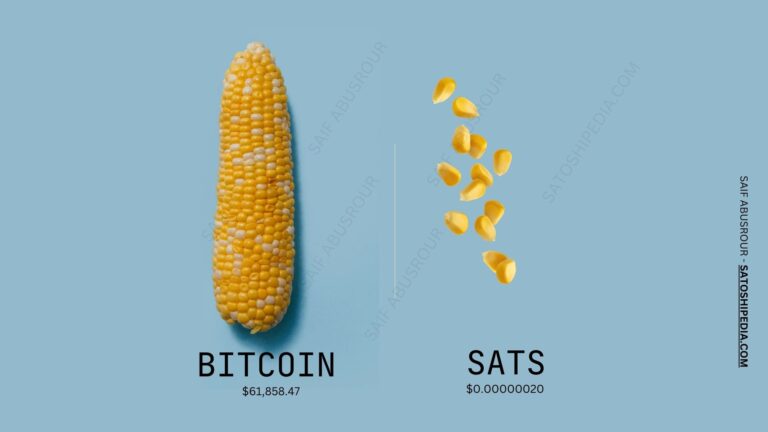Kraken’s New Blockchain Layer Could Redefine the Crypto Experience
In a major move that has the crypto world buzzing, Kraken, one of the largest cryptocurrency exchanges, just launched its own Layer 2 blockchain solution called Ink—and they did it months ahead of schedule. This is big, because it’s going to make Ethereum (ETH) transactions faster, cheaper, and more accessible, which is crucial for scaling up the crypto ecosystem. Here’s why this matters to you:
What is Ink and Why Should You Care?
Ink is a Layer 2 blockchain built on Ethereum, using a scaling technology called Optimism’s Superchain. Now, don’t get lost in the techy terms—let’s break it down:
- Layer 2 blockchain: This is a secondary network built on top of a main blockchain (like Ethereum) to help speed up transactions and reduce costs without compromising security.
- Optimism’s Superchain: A framework that allows different blockchains to talk to each other, making transactions smoother across various networks. Think of it like different cities in a country that all use the same high-speed train system to connect.
Ink’s primary goal is to make Ethereum more scalable, which means it can handle a higher volume of transactions without crashing or becoming too slow. So, if you’ve ever faced delays or high fees while using Ethereum, Ink could be a solution.
Key Players and Partners
Kraken isn’t launching Ink alone. It’s teaming up with some well-known partners to ensure the success of this Layer 2. These include:
- Curve (a decentralized exchange),
- Frax (a stablecoin platform),
- Gelato (an L2 infrastructure provider),
- LayerZero (an interoperability protocol that connects different blockchains).
These partners will use Ink to enhance the performance of their services, meaning users will likely get faster and cheaper transactions when interacting with these platforms.
The Bigger Picture: Decentralization and Accountability
What makes Ink even more exciting is its progress toward decentralization. Kraken is working on something called permissionless fault proofs, which will allow anyone to challenge invalid transactions on the network. This is a step toward making Ink more accountable to its users—something that’s crucial in a world where transparency and fairness are top priorities in crypto.
Kraken vs. Competitors: Why This Is Big
Kraken is joining a growing group of companies building on the Optimism Stack. Some of its main competitors, like Coinbase with its Base blockchain, are also creating their own Layer 2 solutions. But Kraken’s move is particularly interesting because it received a 25 million OP token grant from the Optimism Foundation, which gives it extra resources to ensure Ink succeeds.
Kraken’s Ink could help the company remain competitive, and it could also attract more users who are looking for smoother, more affordable ways to interact with Ethereum. Ethereum scaling is one of the biggest challenges in crypto right now, and Ink aims to solve it.
Why This Matters to You
Here’s why you need to understand this development:
- Faster Transactions: Ink will make Ethereum faster, meaning you won’t have to wait for long transaction times or deal with high fees.
- More Opportunities: As Ink gets adopted by other platforms, you’ll have more ways to interact with crypto, including decentralized exchanges and stablecoins.
- The Future of Crypto: Kraken’s Ink is part of the larger trend of Layer 2 solutions that are revolutionizing how cryptocurrencies work. If you’re involved in crypto now or planning to be, understanding these advancements is crucial for staying ahead.
By launching Ink, Kraken is pushing the limits of what’s possible with Ethereum, setting the stage for a more scalable, user-friendly crypto experience. This could change the way you interact with blockchain and crypto projects, making them more accessible and efficient than ever before.


